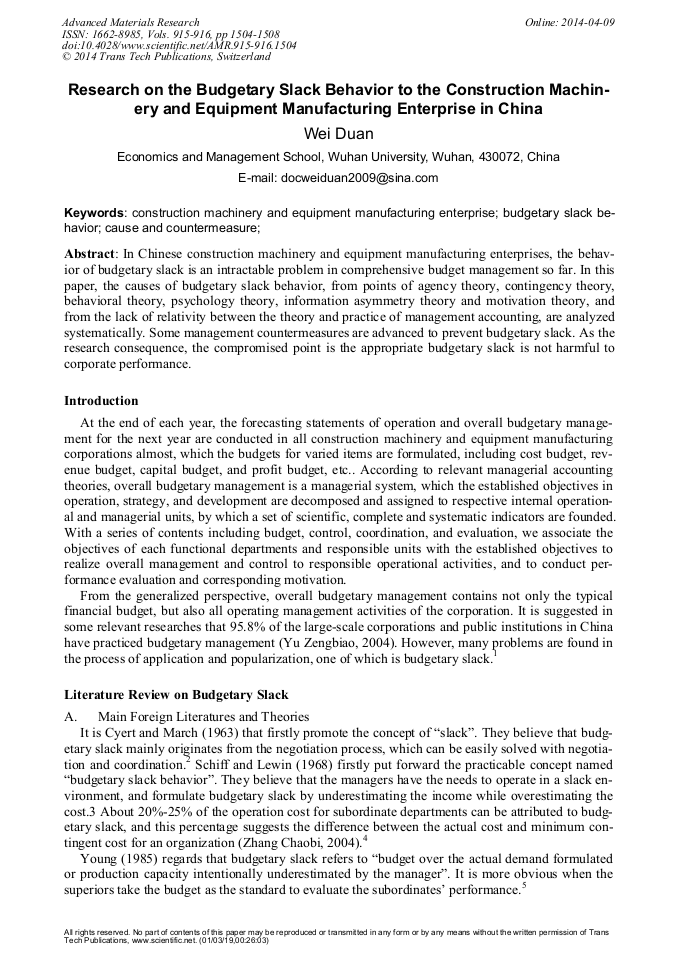
However, the best alternatives to QuickBooks accounting software have plenty to offer too including value. The best alternatives to QuickBooks accounting software offer a more tailored bookkeeping package for your personal needs. QuickBooks is an easy-to-learn program, which is one of the reasons why it’s such a centerpoint fund accounting popular choice. Aside from it being an intuitive accounting software, it also includes a vast help center full of tutorials, frequently asked questions (FAQs) and webinars to help you master the program.
Square Invoices: Best for Businesses Processing Infrequent Transactions
Users say the features are intuitive to use, though the system as a whole comes with a slight learning curve. They like that it has all the features they need to handle small business accounting and invoicing and that it integrates with other Zoho tools. Some say they have experienced delays in product functioning, specifically when working with large data sets. We evaluated what software were suited for the different business sizes and types. We assessed whether they had extra features like inventory management, product tracking, payroll, invoicing, etc. If you’re on a tight budget and need only basic accounting features, then free tools will suit you.

Can non-cloud-based accounting software be accessed remotely?
Best of all though, Wave is free, and for that you also get the benefit of being able to add in multiple users. Considering you can get it for nothing this is a pretty impressive solution for anyone needing to tackle everyday accounts on a budget. Amy Nichol Smith spent more than 20 years working as a journalist for TV and newspapers before transitioning to software and hardware product reviews for consumers and small businesses.
Key Features
The popular Zoho Books is just one product in a whole portfolio of software tools from how early can you file taxes 2020 this publishing house. The benefit of that is you can get Zoho Books to work in unison with other software in the range. That means it is fairly easy to ‘plug in’ expense accounting, billing and invoicing functionality into your standard accountancy tasks. Next up, Wave is an ideal option if you’re looking to do things on the cheap. It delivers a great user experience and sports loads of the same features found in the premium-level QuickBooks.
- Features were listed on the left-hand menu once I signed in to my account.
- Simply click on the option to be taken to a page that walks you through the process to complete the task.
- When I clicked on that link, I was taken to a simple form to name my new widget, choose its data focus (invoices or purchase orders, for example) and filter the report by time period, vendor, item and more.
- Legacy software is harder to find, and even QuickBooks Desktop has moved to a subscription-based solution.
The simplicity of accounting package OneUp makes a lot of sense if you’re after a straightforward solution. This isn’t just an accounting package either, because while you can do your bookkeeping with OneUp, the software is also able to assist you with invoicing, inventory management, and also CRM needs. FreeAgent only offers a single tier, making the choice of this accounting solution a more simple ‘all or nothing’ choice that starts with a free 30-day trial. From there, new users get a generous 50% discount for the first 6 months, and then it goes to full price. The software equips you with a full set of accounting tools, including a checkbook-style register for transaction recording, account reconciliation, and report generation.
I could what is the break-even point also access a continually updating list of shortcuts to tools I most use in the platform. All the different tools in OneUp were easy to configure, and populating templates for invoicing and inventory orders feels effortless. Overall, OneUp runs smoothly and efficiently thanks to its basic interface, but a weak spot would be the limited third-party integration it offers. While you’ll need to buy into the more advanced package to enjoy better accountancy-focused features, Spendwise is a powerful option. Product-focused businesses of any size might find this one a good alternative.
To compare, QuickBooks Online’s highest plan is $200 per month for up to 25 users, whereas Xero’s highest plan is only $78 per month for unlimited users. If your business doesn’t need QuickBooks Online Advanced but wants more users, we recommend choosing Xero because it is more affordable and has no user limit. You can also track using classes and locations as well as record fixed assets with QuickBooks Online.
Non-cloud-based accounting software offers greater control over your data, enhanced security and privacy, and the ability to work offline without an internet connection. There’s a vast array of software out there — so many options that it can be overwhelming to choose the right one. But by focusing on critical aspects like invoicing, expense tracking, financial reporting, and integration capabilities, you’ll be well on your way to finding the perfect software for your business. Wave accounting software is a very well-recognized non cloud-based accounting software. Given the expense of things like payroll and credit card processing, not all functions are free, and the ones that aren’t quite as feature-rich as those given by competing software.
Beyond its core accounting capabilities, Xero offers an elevated experience for its record-keeping features. For example, it offers a document storage tool that allows you to drag and drop, upload or email documents to the platform, then sort and file them; however, you need to use a customizable filing system. From there, you can easily retrieve documents to attach to invoices as necessary. However, once I became more familiar with the software’s layout, completing tasks required no learning curve, even when setting up advanced actions such as automations. For example, to add a new project, I clicked “time tracking” on the left-hand menu, then the “projects” submenu item.

